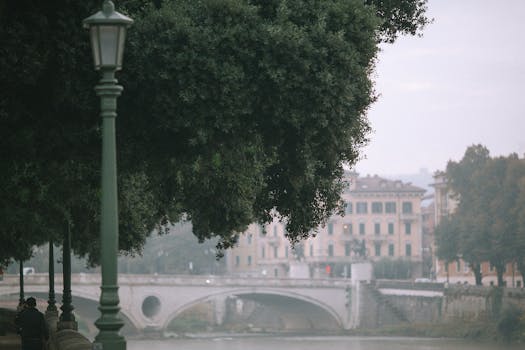
Urban Green Spaces: The Future of Outdoor Living in European Cities by 2025
Urban Green Spaces are becoming increasingly important in European cities, and for good reason. Urban Green Spaces are not only beautiful, but they also provide numerous benefits for both the environment and the people who live in these cities. In this article, we will explore the importance of urban green spaces and how they are shaping the future of outdoor living in European cities by 2025.
What are Urban Green Spaces?
Urban green spaces refer to areas of land in urban environments that are reserved for parks, gardens, and other types of green infrastructure. These spaces can range from small parks and gardens to large nature reserves and green corridors. Urban green spaces are designed to provide a range of benefits, including improving air and water quality, reducing noise pollution, and providing habitat for wildlife.
Benefits of Urban Green Spaces
Urban green spaces have numerous benefits for both the environment and the people who live in urban areas. Some of the most significant benefits include:
- Improved air quality: Urban green spaces can help to remove pollutants from the air, improving the overall air quality in urban areas.
- Reduced noise pollution: Urban green spaces can act as a buffer against noise pollution, reducing the impact of traffic and other urban noise on residents.
- Increased biodiversity: Urban green spaces can provide habitat for a range of plants and animals, increasing biodiversity in urban areas.
- Improved mental health: Spending time in urban green spaces has been shown to have a positive impact on mental health, reducing stress and anxiety.
- Increased physical activity: Urban green spaces can provide opportunities for physical activity, such as walking, cycling, and sports.
The Future of Outdoor Living in European Cities
By 2025, urban green spaces are expected to play an even more important role in shaping the future of outdoor living in European cities. As cities continue to grow and urbanize, the need for green spaces will become increasingly important. Urban green spaces will provide a range of benefits, from improving air and water quality to providing habitat for wildlife and opportunities for physical activity.
Examples of Urban Green Spaces in European Cities
There are many examples of urban green spaces in European cities, each with its own unique character and benefits. Some examples include:
- The High Line in London: An elevated park built on an old rail line, providing a green oasis in the heart of the city.
- The Luxembourg Gardens in Paris: A beautiful park with gardens, fountains, and walking trails, providing a peaceful escape from the hustle and bustle of the city.
- The Vondelpark in Amsterdam: A large park with walking trails, lakes, and plenty of green space, providing a popular spot for outdoor activities.
Conclusion
In conclusion, urban green spaces are becoming increasingly important in European cities, and will play a critical role in shaping the future of outdoor living by 2025. These spaces provide a range of benefits, from improving air and water quality to providing habitat for wildlife and opportunities for physical activity. As cities continue to grow and urbanize, the need for green spaces will become increasingly important, and urban green spaces will be at the forefront of this movement.


